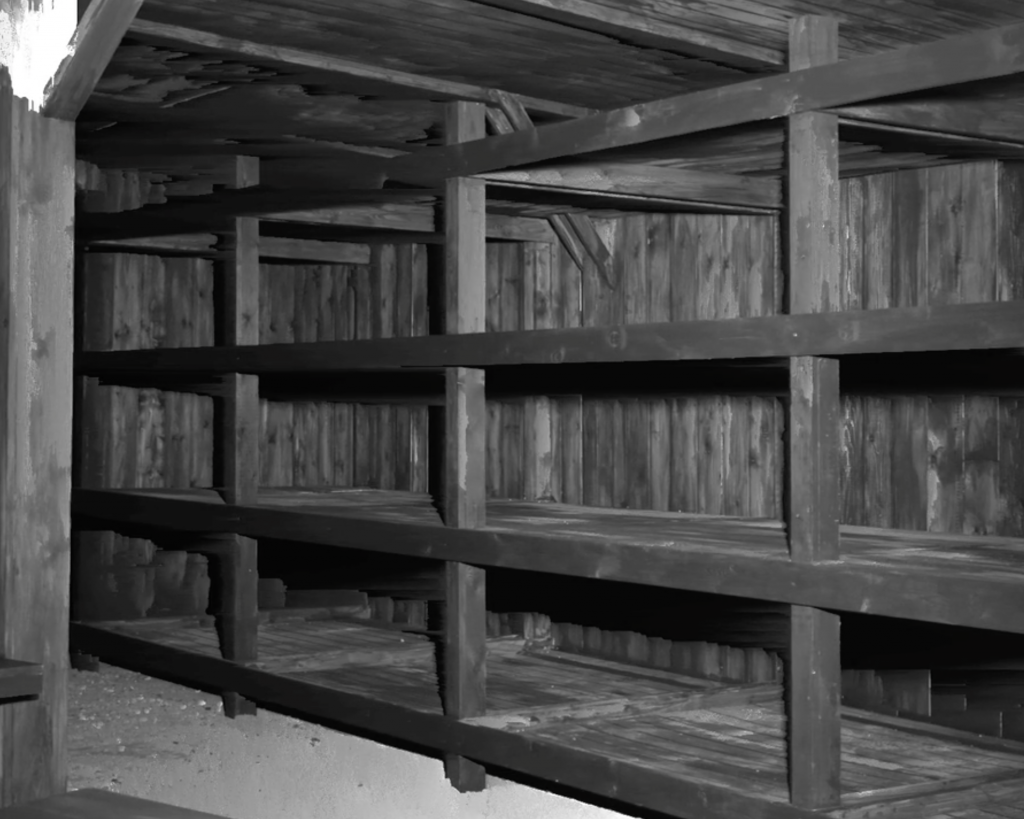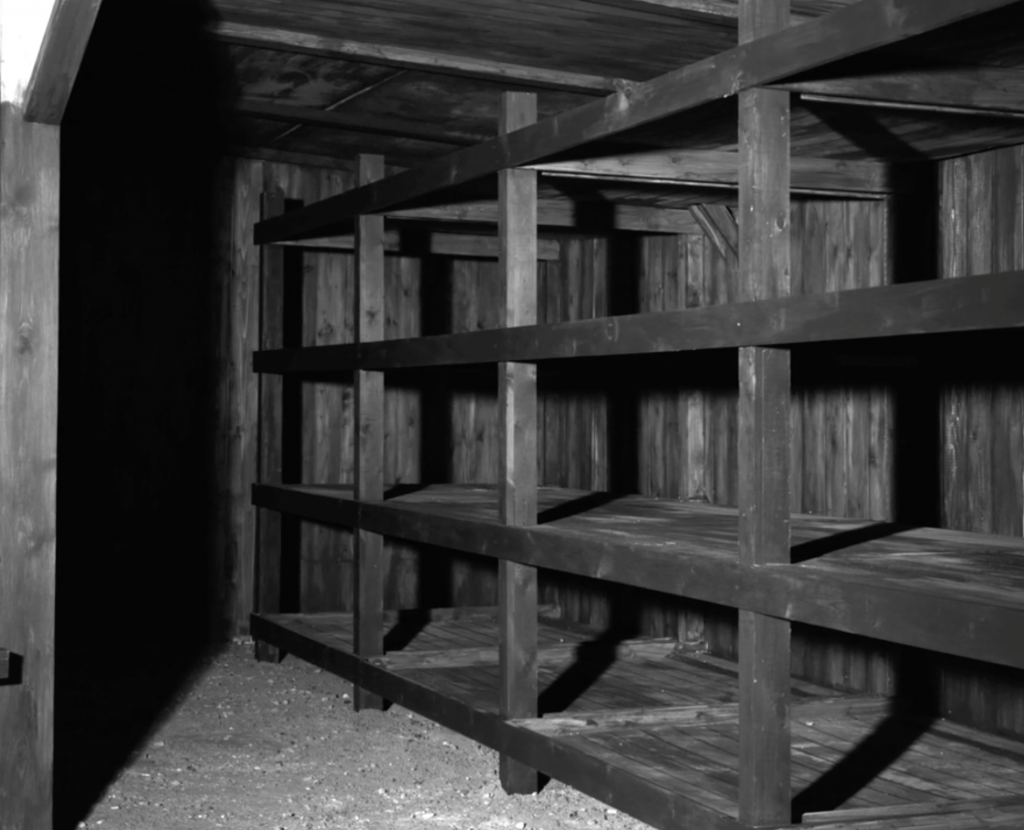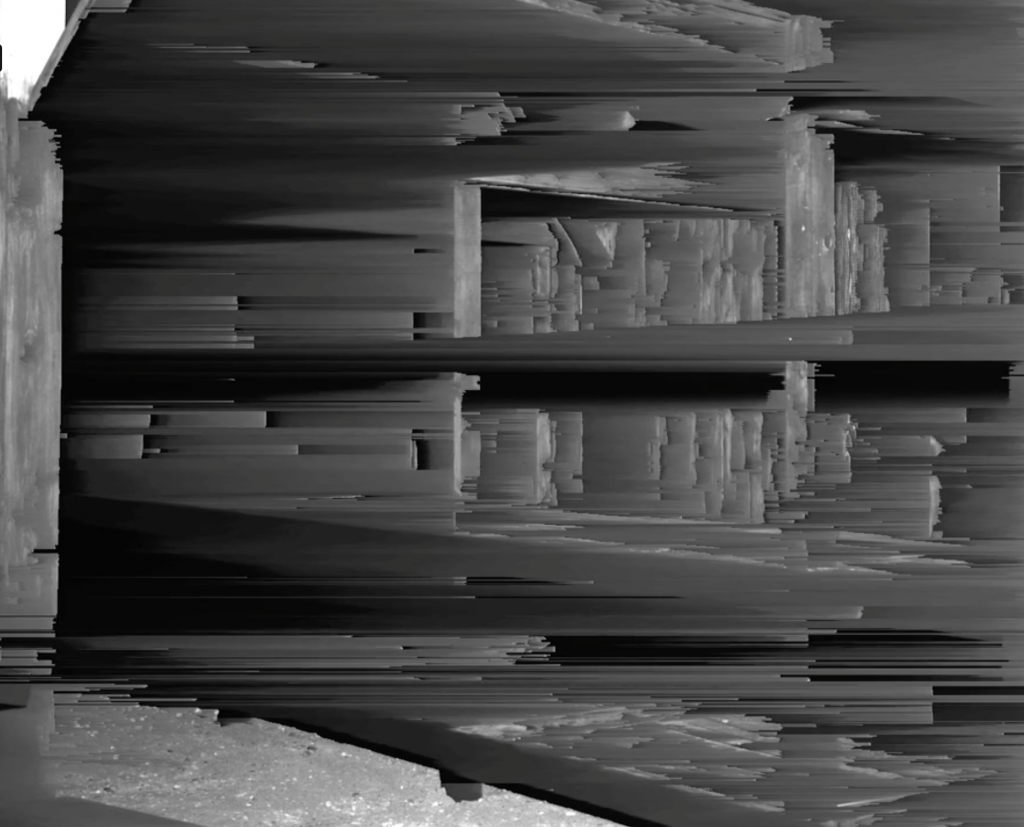Beun - Moving Image
According to German philosopher Guenther Anders, Auschwitz and Hiroshima inaugurate an era in which humanity is incapable of representing what it has set up or created. The impossibility of representing catastrophe is, paradoxically enough, not related to the absence of visual documentation.
Today, evidence of disputes, war and classified information comes in the wake of the Internet, social media and the television. In our current society sites of dispute and conflict are no longer censored in any form but rather made into media spectacles. According to Anders, the un-representable is primarily defined as the inability to take measure of disaster. What is the role of photography in the new era of un-representable disaster? How, then, can we describe traumatic events or classified sites without veering into sensationalism? How do we provide information without succumbing to over-hyped curiosity or ‘conflict porn’?
Beun is an immersive single-screen video which engages with society's increasing desire to capture and disseminate images of conflict. The video piece begins with an Associated Press Photograph of the Warsaw concentration camp in Poland. Klenz translated this archive image into a life-size architectural model in her studio, following the same spatial arrangements and dimensions of the original archive image. The architectural set was placed on a180degree revolving stage platform, which involved a rotation around the space’s own axis. Different digital software programs, algorithms and digital techniques of data-bending were used to transform or erase information of the video file. By digitally altering the visual code of the video file, the images become fractured, deformed and disfigured into digital codec mismatch.
The effect of these fragmentations in Beun is to de-stabilise the viewer's understanding of this historically charged site and to quietly provoke the question whether we really know and understand the imagery of such sites that have been widely circulated through reproductions and the mass media.
Beun intends to opens up a conversation about the contemporary socio-digital conditions of our current photographic culture in relation to environments of conflict and dispute. The series challenges the directness of traditional photographic reportage as a methodology to represent traumatic environments and events, instead engages with the shifting meanings of the word document, forging new visual paths through the documentary field that has been transformed over the last decade by radical technological advances.


